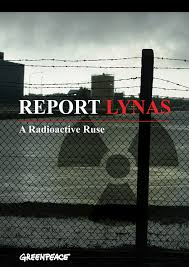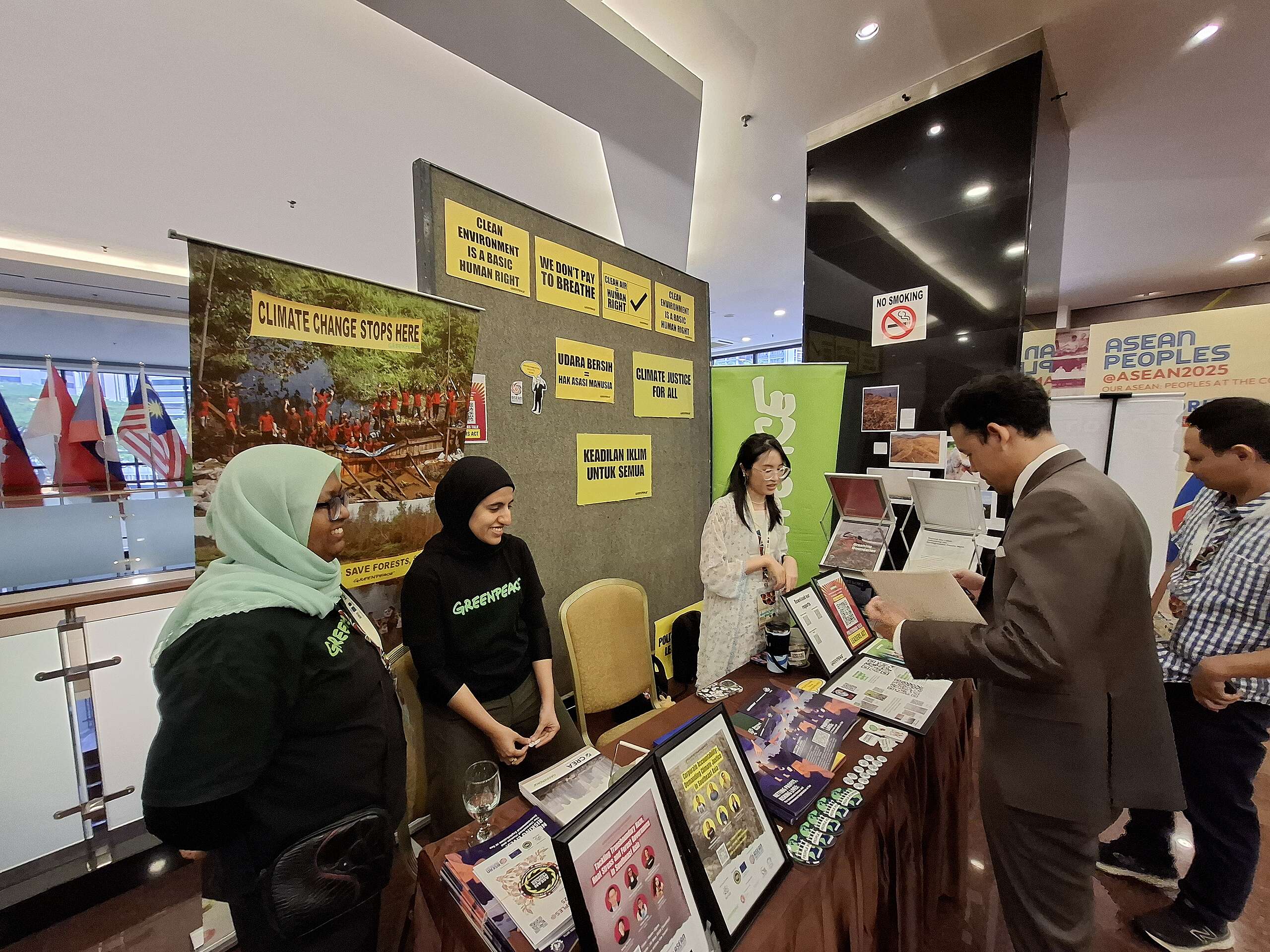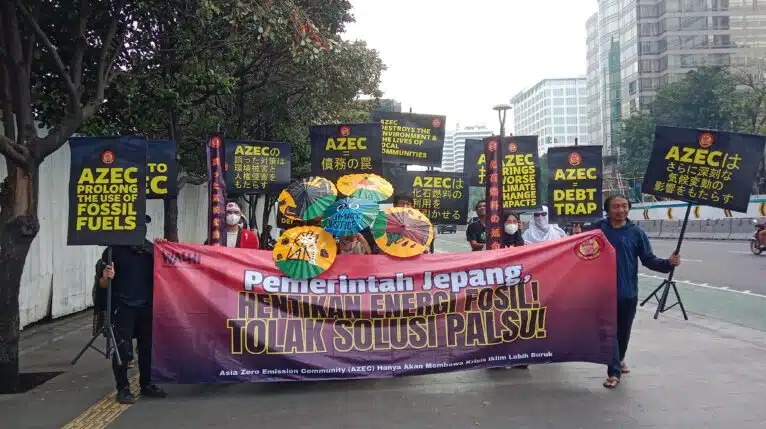Lynas Corporation, Ltd. (Lynas) is an Australian rare earth elements mining company, built a refining and processing plant valued in excess of A$ 1 billion in Kuantan, on Malaysia’s eastern Peninsula coast. The Lynas facility, which is set to become one of the world’s largest processing plants for rare earths, poses a host of intractable environmental and social problems.
Download the Full Report below:

This report recommends that Malaysian authorities should suspend Lynas’ temporary operating license, and refuse to grant the permanent operating licence, which is due to be granted in September 2014, unless Lynas completes a thorough overhaul of its facility’s construction defects to upgrade the plant to best environmental practices and presents a safe and acceptable plan for dealing with the radioactive waste stream from this plant outside of Malaysia.
Greenpeace believes that the Malaysian authorities should close down the Lynas operation in Kuantan until environmental protection protocols and conditions subject to the best standards are in place – the solution also involves not storing or disposing of radioactive waste in Malaysia.
The Lynas plant was not built according to best available technology. Lynas is not applying best environmental practices in Malaysia and is not working according to international standards with respect to: air emissions, water discharges, and temporary waste disposal arrangements. Furthermore, Lynas has no concrete plan for the final disposal of its waste, especially the radioactive fraction. Moreover, Lynas has not provided sufficient information for a detailed environmental impact assessment, so the full impact of the plant remains unclear.
As an Australian company, Lynas can, and should, live up to the standards set by its home country as well as to higher international standards. Malaysia has less stringent environmental regulations in place than many other countries, including Australia, where the company is registered and where it holds a permit under much stricter regulations.
Public information and public participation around the approval and construction of the Lynas plant have also been deficient. Documentation provided by Lynas to the regulators in order to obtain operating licences, was inadequate and not accessible to the public. This, in addition to concerns by local communities that their health will be affected by the operations of the mega-plant, has fuelled snowballing protests against the plant.
Strong public protests against the development were evident in the Kuantan and Balok areas nearby. Demonstrations subsequently radiated outwards, as the Lynas plant became an issue of public concern throughout Malaysia. As a result, the Lynas’ plant has now become highly controversial in Malaysia. The trigger for this widespread unrest has centred around citizens’ genuine concerns about environmental and health impacts; in particular the impacts of the large volumes of radioactive and other toxic waste at stake, for which Lynas still has not put forward a safe, legal and acceptable solution.
Unless satisfactory and acceptable solutions are found to the issues being raised by local groups and communities, closing down the Lynas plant appears to be the best option. Any attempt to resolve the current impasse must be transparent and with full public consultation and participation in further decisions and must include a complete and detailed Environmental Impact Assessment of the facility and consequently, the deployment of best available technology, which meets the highest international standards. The radioactive waste stream of the plant must also be dealt with safely and responsibly and must not be allowed to remain in the country.
As this report would show, Lynas oversold its proposal to the Malaysian authorities, and its commitments to deliver adequate safeguards for its operations in the country have proven hollow. The Malaysian Government has the right to close down the plant if Lynas fails to meet the conditions of its Temporary Operating License (TOL), specifically involving the final disposal of the radioactive waste. Since the plant has hardly produced any REE, closing down the plant would hardly affect the global REE market.
By adopting these recommendations, the Malaysian government would be sending a clear signal to the entire rare earth elements industry in particular and other industries in general that there is no room for polluting practices anywhere, whether in industrialised countries or in the developing world.



